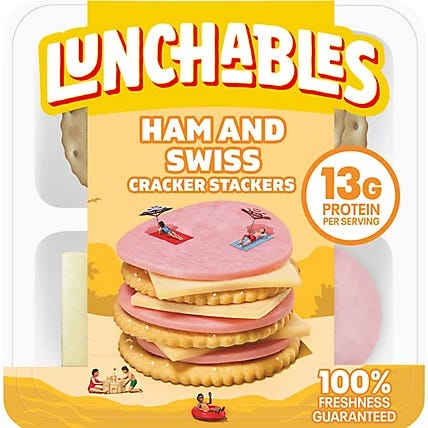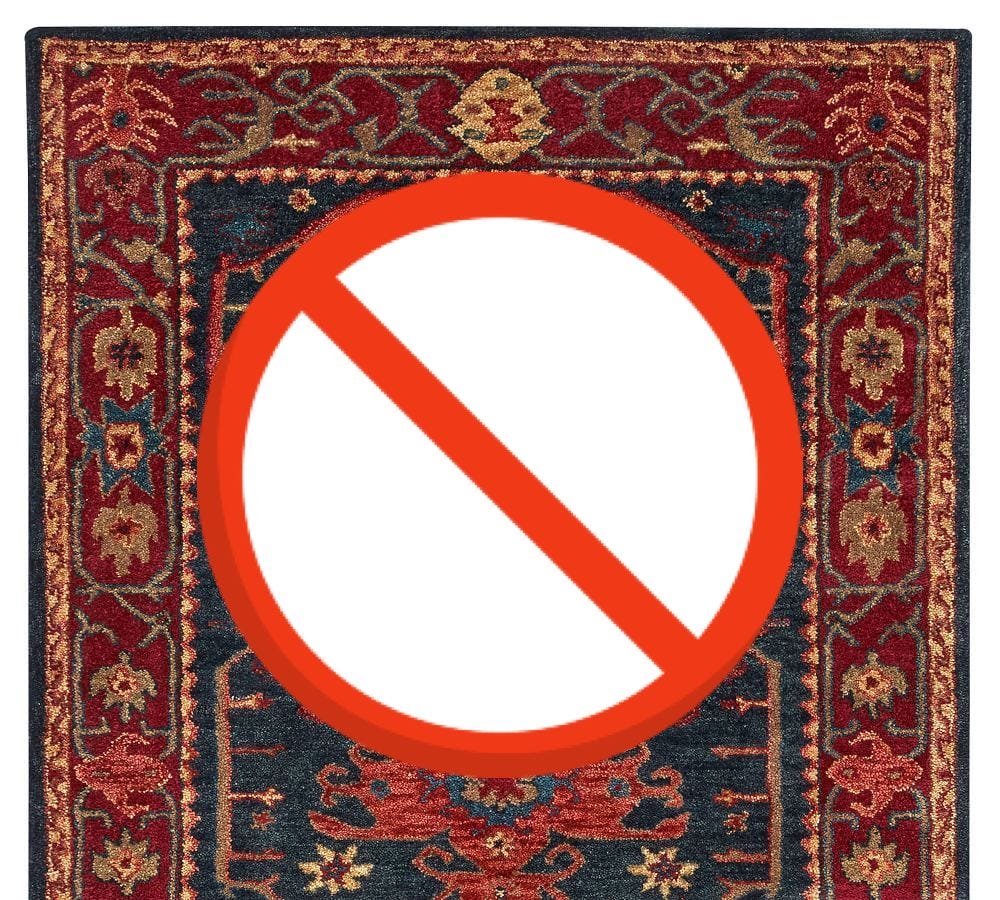10 lessons I learned about NFTs in 2022 (except they lost me $)
Lesson 0: Too many digital animals, not enough digital zoos
I was at a new years party, drunk out of my mind, when someone asked me what I do for fun. I said I write a crypto/NFT Substack on the side and she said: “oh wow, retro.”
I guess that is where we are now with NFTs: this new and nascent technology has exhausted so much of our attention and good will and fascination that we are bored of it. Amid asset price drops, token price collapses, numerous frauds, it seems like nothing new is happening in the NFT world except for sadness.
But that is not true. Even when volume isn’t growing some ten thousand percent, NFT is still maturing, and our understanding continues to deepen. Here is an overview of 10 lessons I’ve learned in 2022:
NFTs are one of the best use cases for Web3
It is easier than ever to buy NFTs thanks to the marketplace boom
But it is not easy enough to create NFTs
Experiments for utility continues as many NFTs struggle to prove why they exist
Existing regulations have slowed down real-world adoption of NFTs
NFTs created a whole monetization route: digital goods
NFT project roadmaps are hard to deliver, but still good data points
The best NFTs could be “not NFTs”
The best NFTs are digital-native and crypto-first
If there’s one thing we can hope for, it’s that the rug days are over
Lesson 1: NFTs are one of the best use cases for Web3
Another year of battle testing has proven: ownership and management of digital content is a genuine problem that NFTs have solved.
We have long been used to quasi-owning things in the digital realm. Gone is the questioning of why you are so obsessed with that digital hammer in World of Warcraft; gone are the confusions over what it means to buy a digital artwork from an artist; gone are the frustrations over how to sell your in-game skin without being scammed by Ted from Basement-Upon-Mom’s-House, California.
Thanks to NFT, there is a financial reason to create and own something fully digital.
From there, crypto gives new possibilities to digital content. Now, files, items, and collectibles are interoperable, composable, liquid, and (kind of) standard. Digital goods can begin to leverage the wide range (and still growing) toolsets to direct capital and organize activities.
If people tell you crypto doesn't try to solve actual problems, they are mistaken.
Lesson 2: It is easier than ever to buy NFTs thanks to the marketplace boom
2022 was a great year for NFT marketplaces. Now, you can buy NFTs wherever you want: OpenSea, MagicEden, Blur, Instagram, Uniswap, ArtBlocks, SuperRare, Nifty Gateway, Binance, or any of the other bajillion marketplaces. If you are a sophisticated trader, you can finally sweep floors across multiple marketplaces and optimize gas fee but also build a depth chart…
I’m so glad you can now buy NFTs easier than you can find a public bathroom. y a y.
But the NFT marketplace field is homogenizing fast. I’ve seen 2 general tactics employed by NFT marketplaces:
How do we get more market share? Low to no fees? Fiat purchasing? Aggregation? Trading features? Scams that generate hype? Airdrop money bags to loyal users?
How do we grow the pie? Onboard new artists and collectors? Reduce friction? Call it “digital collectables” and hope for the best?
2023 will be the year marketplaces duel it out. Personally, I’m always interested in exploring specialized, curated NFT marketplaces that are still trying to target and onboard highly specific demographics (like your Art Blocks). Even if they don’t scale, just remember that the existing world of art and collectables purchasing is diverse, specialized, and regional. If I can buy art from gallery and artist websites, I should be able to buy NFTs there too.
Maybe the future of NFT settlement is global but access is community-based. That is, all records and transactions might happen on one blockchain, but what tool we use to access the blockchain depends on what we want to buy. Kinda like how I’d buy my artisan sourdough at a farmer’s market but generic white bread at a grocery store.
Lesson 3: But it is not easy enough to create NFTs
This lesson is more anecdotal. After the original craze, we haven’t been onboarding new creators nearly as fast. Many folks are building in this space, but few has seen widespread adoption.
A few issues I’ve heard from artists that have slowed their adoption:
Lack of communities to elaborate NFT value proposition to and create experimental spaces for artists
Lack of no-code solutions that can help artists launch fun NFT projects
Lack of mature solutions to integrate NFTs into existing storefronts, portfolios, and exhibitions
Why does this matter? Because creators are key to growing the ecosystem and onboarding communities. The more creators embrace NFTs, the more institutions and collectors and lay people will pay attention.
Lesson 4: Experiments for utility continues as many NFTs struggle to prove why they exist
2022 tried hard to answer the question: why do I want to pay for a JPEG?
Well there is always the brand factor, and the top collections have successfully become cultural icons. However, utility is still a key to expanding NFT audience and market cap. Utility means that NFTs can do more than just “grant access to a community” or “be a brand.” And builders really tried to put NFTs to use.
Crypto-natives have turned to tokenomics: staking, yield farming, token issuance, airdrops... In general, tokenomics-based NFT utility has been a mixed bag:
NounsDAO’s success inspired more NFT-based fund raising and governance
ApeCoin tries to reward BAYC holders through the promise of future utility; for now, they are convincing you not to sell with their very suspicious yield
StepN NFTs allow you to earn tokens from running, which is interesting except the tokens are worth just a bit more than monopoly money (but can still be fun tho!)
Airdrops and issuances have become key targets for regulators while uses of the newly issued tokens and NFTs remain unspecified…
Then there is the real-world utility: exclusive merch, access to events, use of IP, exclusive experiences, an autograph… The real-world, goods-and-services utility has been relatively more popular, or at more straightforward:
Yuga Labs did its Ape Fest for Bored Ape (amongst others) owners
Pudgy Penguin is publishing children’s books that utilize owners’ IPs
Even Trump is giving out free lunches for $99
Many projects have managed to use NFTs as digital raffle tickets: raise money through NFTs and spend it right it away on a few winners. Many have set their eyes on continuous perks, but that is going to be much harder. unless a project manages to bring in major backers/investors or find consistent cash flow, utility dries up soon. You can’t justify buying something for $20,000 once hoodies and phone cases run out, once offline hangouts are just lunchables and box wine.
Or, the all-hype, no-use JPEGs are a phenomenon of this past cycle.
Lesson 5: Existing regulations have slowed down real-world adoption of NFTs
It was not that long ago when people wanted to digitizing/tokenizing any real-world assets using NFTs: art, real estate, cars, and so many more. The dream was that NFT-based tokenized assets can leverage DeFi to improve those mediated, inefficient, opaque markets.
Unfortunately, apart from a few experiments, NFTs haven’t yet delivered the impact they promised. The number of people who have bought physical land using NFTs is but a pathetic fraction of those who have purchased junk digital land because they saw Snoop Dogg did so. Woof.
But in a world where tokenization equals issuance of securities, NFTs introduce more problems than they solve. We will not see mass adoption of NFTs in the real world until a more robust (and sensible) legal and regulatory framework exists.
Regulation aside, without further technical integrations, NFTs could just become receipts. Maybe we need to see a car that can be opened with an NFT first before we fractionalize ownership of a Buggatti. I call the exhaust pipe.
Lesson 6: NFTs created a whole monetization route: digital goods
On September 1st, Noah Levine published a first comprehensive look on NFT adoption from fashion brands. For the first time, there is legitimate data to show the scale, volume, and thus the profitability of fashion NFTs.
Noah Levine’s data shows that the audience for NFT-based goods is robust, which is further proven by Reddit’s success with digital avatars. This means that people who hold IP can now monetize through digital goods, over physical goods:
For musicians, sell digital merch like Chainsmokers and Channel Tres did
For brands, make digital fashion items like Adidas did
For sports leagues, make NFT collectibles like NBA Top Shot and Sorare did.
Why is this interesting? Because digital goods are cheap, fast, and higher ROI. Why make new sneakers when people are down to buy digital ones? Btw, less pollution too.
Lesson 7: NFT project roadmaps are hard to deliver, but still good data points
For many NFT projects, roadmaps have become accepted standards for outlining a long-term vision for what the project aims to achieve: the problem space, specs of the NFTs, what they are looking to build, and many more.
Vision and ideals have become how projects distinguish themselves, and how investors get ruthlessly misled. Overpromised visions sound something like this: “Your NFT will become a ticket to our future video games, or be an avatar for our virtual world, or a character in our movie… We are starting the next EA+Meta+Disney, but without the Nazi Mouse.”
Took us a while, but we learned to be more distrustful of glamorous roadmaps that are too good to be true. Not saying that vision is all bullshit, but realizing vision takes time, capital, and talent. Often in ways these projects cannot provide.
Lesson 8: The best NFTs could be “not NFTs”
In July, I wrote an article positing that corporate NFTs projects will likely adopt the terminology “digital collectibles” to masquerade the perceived fraud, speculation, and fervor associated with NFTs. After Reddit’s explosive success, there will be renewed energy to overreact and avoid the three letters of “NFT” like a plague.
The concept is simple: for folks on the sideline, they care about what they are getting, and they don’t care about the enabling technology that involves cryptographically chained blocks (boxlink?).
Lesson 9: The best NFTs are also digital-native and crypto-first
Because of the challenge with bringing crypto to the real world, NFT projects that wish to make a splash should focus on the digital native realms and embrace the crypto ethos.
What “crypto-first” means is that:
Permissionless and open
Decentralized and/or community-driven
CC0
For artists who want to create NFTs, they need to familiarize themselves with digital-forward practices; for marketers, they should consider NFTs as digital goods first, not just a stand-in for physical goods; for builders, consider using decentralized technology and build digital products; for community organizers, structure a community based on individual IP ownership and creative autonomy.
If NFTs aren’t open like this, then we are back in the world where blockchain is but some private blockchain, database substitute. Maybe this is your desired tech stack to build a digital ownership system, but why the drama and headache. A permissioned database will be better for your centralized empire every which way.
Lesson 10: If there’s one thing we can hope for, it’s that the rug days are over
After a year of turbulence in the crypto world, it is important to refresh our social layer commitment to combat frauds, or “rugs.” In the NFT world, that means we should question overpromises, reject schemes, and purge criminals from the NFT ecosystem.
This needs to happen at institutions, at Crypto twitter, in Discord channels, and wherever NFT communities organize. Rug days must be over.








